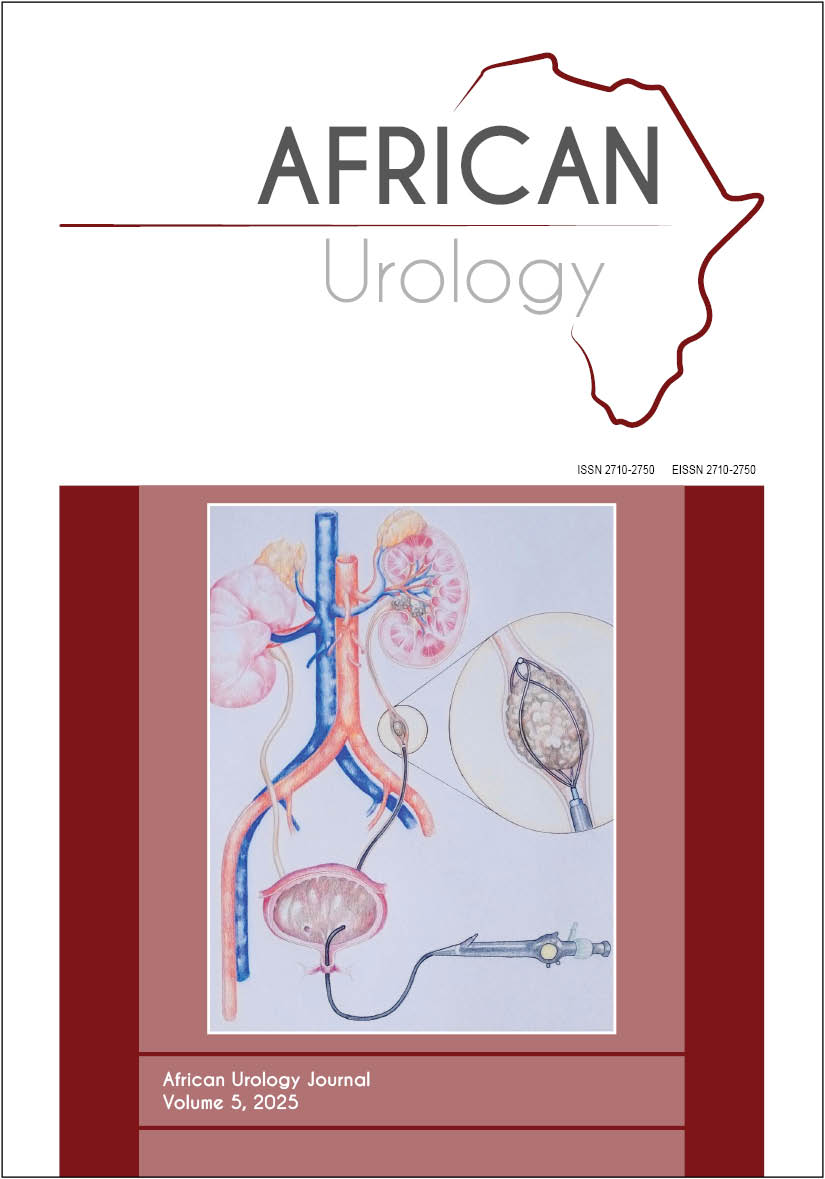Evaluating various aetiologies of chronic orchialgia and the response to multimodal therapy in central India: a prospective observational study
Contenu principal de l'article
Résumé
Background: Chronic orchialgia, defined as scrotal or testicular pain persisting for more than three months, significantly affects quality of life and presents diagnostic and therapeutic challenges. This study aims to evaluate the various aetiological factors of chronic orchialgia and assess the outcomes of multimodal management strategies in a tertiary care setting.
Methods: This prospective observational study was conducted at the All India Institute of Medical Sciences (AIIMS) in Bhopal from March 2023 to September 2024. A total of 181 male patients aged 18–80 years with chronic orchialgia were enrolled. The comprehensive evaluation included a history, clinical examination, laboratory workup, imaging, and psychiatric assessment. Multimodal management involved pharmacological therapy (nonsteroidal anti-inflammatory drugs [NSAIDs], amitriptyline, pregabalin), physical therapy, surgical interventions, pain clinic referrals, and psychological counselling. Follow-up was performed at 15 days, six weeks, and three months using the Visual Analogue Scale (VAS) to assess pain.
Results: Among 181 patients, the mean age was 37.5 years. Common aetiologies included varicocele (28%), epididymal cysts (14%), hydrocele (11%), hernia (10%), infections (9%), neuropathic pain (8%), and idiopathic cases (20%). Conservative management resulted in a significant improvement in VAS scores, with a mean reduction from 3.64 ± 1.66 to 1.17 ± 1.09 (p < 0.001). Surgery was performed in 15 patients with structural causes, resulting in further improvement, with a mean VAS score of 1.6. Factors such as younger age, shorter symptom duration, and identifiable aetiology predicted better outcomes.
Conclusion: Chronic orchialgia requires a multimodal, individualised approach that integrates pharmacological, surgical, psychological, and physiotherapeutic interventions. Early diagnosis and targeted therapy significantly improve patient outcomes and quality of life.
Details de l'article

Ce travail est disponible sous licence Creative Commons Attribution - Pas d’Utilisation Commerciale 4.0 International.
